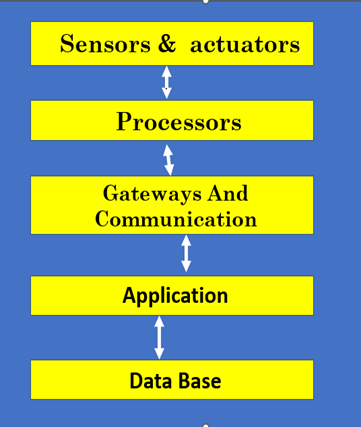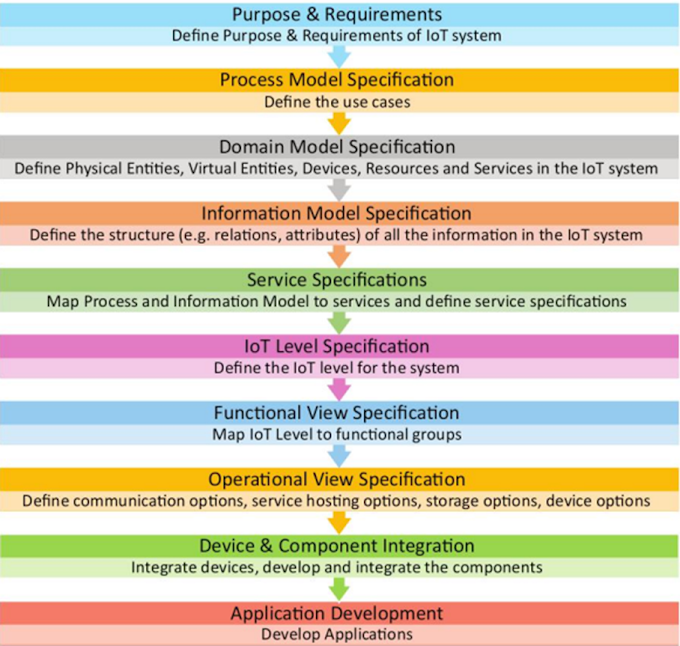Case Study of the Service Model Using Google App Engine
Introduction to Google App Engine (GAE)
Google App Engine is a fully managed, serverless Platform as a Service (PaaS) from Google Cloud, enabling developers to build, deploy, and scale web and mobile applications without managing the underlying infrastructure.
Key Characteristics
- PaaS
Model: Provides a development and deployment environment without
managing hardware or operating systems.
- Automatic
Scaling: Dynamically adjusts resources based on traffic.
- Built-in
Security: Includes SSL/TLS certificates, firewall rules, and automatic
patches.
- Pay-as-You-Go
Pricing: Charges are based on resource usage, with a free tier available for limited
use.
Key Features of GAE
- Fully
Managed Environment: Handles server provisioning, patching, and
maintenance.
- Automatic
Scaling: Scales resources up or down based on demand, optimizing
costs.
- Multiple
Language Support: Supports Python, Java, Go, PHP, Node.js, .NET, Ruby,
and custom runtimes via Docker in a flexible environment.
- Datastore:
Scalable NoSQL database (Cloud Datastore/Firestore) using GQL for queries
and ReferenceProperty() for relationships.
- Task
Queues: Manages asynchronous background tasks for non-user-facing
operations.
- Integrated
Services: Connects with Google Cloud Storage, Cloud SQL, Pub/Sub, and
machine learning APIs.
- Security
Features: Provides SSL/TLS, firewall rules, and automatic patches.
- A/B
Testing and Traffic Splitting: Routes traffic to different app
versions for testing.
- Standard
and Flexible Environments:
- Standard:
Optimized for specific languages with fast scaling.
- Flexible:
Offers customization, Docker support, and SSH debugging.
GAE Architecture
GAE’s architecture is designed for scalability and ease of
use:
- Application
Layer: Container for services, versions, and instances, supporting
modular app design.
- Datastore:
NoSQL database for scalable data storage.
- Task
Queues: Handles asynchronous tasks to optimize performance.
- Compute
Engine Integration (Flexible Environment): Uses virtual machines for
custom runtimes.
- Cloud
Monitoring and Logging: Tracks application health and generates error
reports.
- Integrated
APIs: Supports Blobstore, Cloud Storage, email, and image
manipulation.
---------------------------------
Case Study: Current – A Financial Technology Application
Overview
A fintech company offers a debit card and mobile app for teenagers to learn financial management.
It leverages GAE and Google Kubernetes Engine (GKE) to build and scale its platform.
Implementation
- Platform:
Uses GAE for serverless capabilities and GKE for containerized GraphQL
APIs.
- Scalability:
GAE’s automatic scaling supported 7x user growth without downtime.
- Security:
GAE’s ingress resource on Kubernetes ensures secure data transmission for
sensitive financial data via context-aware load balancing and reverse
proxy.
- Cost
Efficiency: Reduced hosting costs by 60% compared to a hosted Neo4j
solution through optimized resource use.
- Integration:
Combines GAE with MongoDB Atlas for data management and Google Cloud
services for additional functionality.
- Development
Efficiency: GAE’s managed environment enabled a 400% faster
time-to-market for features like savings goals and chore-based earning.
Outcomes
- Scalability:
Handled significant user growth without interruptions.
- Cost
Savings: Achieved through pay-as-you-go pricing and resource
optimization.
- Reliability:
Ensured zero downtime, enhancing user trust.
- Security:
Met financial industry standards for safe transactions.
Challenges
- Vendor
Lock-In: Proprietary APIs (e.g., Datastore) may complicate migration.
- Limited
Control: Dependency on Google for infrastructure issue resolution.
Advantages of GAE
- Ease
of Development: Focus on coding rather than server management.
- Cost
Efficiency: Pay-as-you-go model with a free tier.
- Scalability:
Handles varying workloads efficiently.
- Security:
Built-in protections enhance application safety.
- Integration:
Seamless access to Google Cloud services.
- Global
Availability: 24/7 accessibility via Google’s infrastructure.
Limitations of GAE
- Vendor
Lock-In: Proprietary APIs hinder portability.
- Limited
Control: Reliance on Google for infrastructure fixes.
- Restricted
File System Access: Read-only file system limits local operations.
- Language
Constraints: Standard environment supports specific languages; others
require the flexible environment, increasing costs.
- Complex
Interface: Can be challenging for new users.
- Performance
Variability: Shared infrastructure may cause inconsistent performance.
Dependencies in GAE
Database Dependencies
- Functional
Dependency: Attributes like UserID determine related data (e.g., AccountBalance)
in Datastore.
- Multivalued
Dependency: Supports multiple transaction types (e.g., savings,
spending) via entities.
- Inclusion
Dependency: Ensures foreign keys exist in referenced entities.
- Advantages:
Simplifies data scaling and ensures high availability.
- Drawbacks:
Lack of SQL joins requires workarounds like ReferenceProperty(),
complicating queries.
Infrastructure Dependencies
- Dependency
on Google’s Infrastructure: Relies on GAE for scaling and load
balancing.
- Dependency
on APIs: Uses GAE-specific APIs (e.g., Blobstore, Cloud Storage).
- Advantages:
Reduces administrative overhead and ensures reliability.
- Drawbacks:
Vendor lock-in and limited control over infrastructure issues.
Real-World Usages
- Web
Applications: Scalable platforms like e-commerce or social media
sites.
- Mobile
Backends: Backend services for apps like Current’s debit card
platform.
- Microservices:
Supports containerized deployments in a flexible environment.
- A/B
Testing: Facilitates testing app versions.
- Enterprise
Solutions: Used by companies like Snapchat and Khan Academy for
high-performance applications.



0 Comments